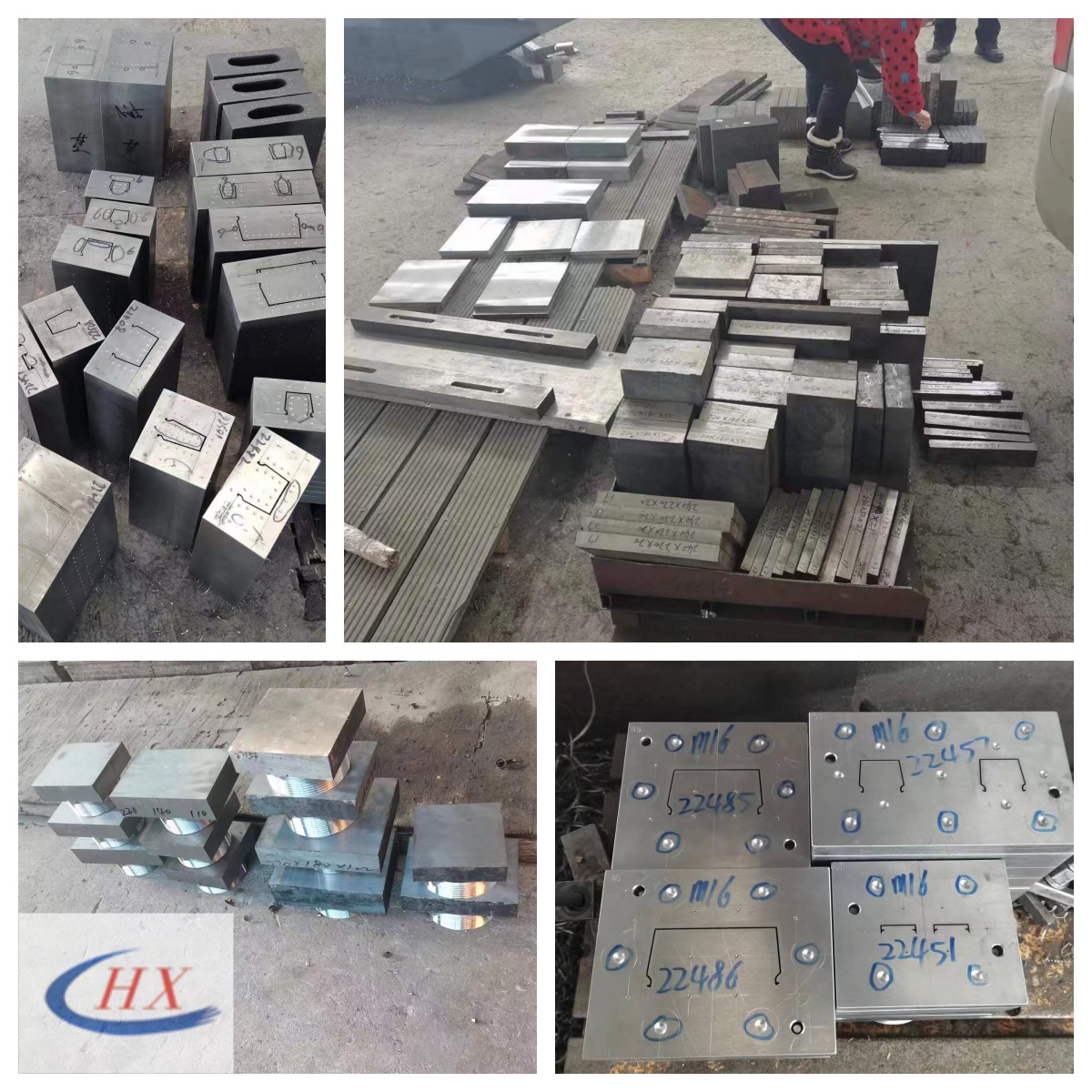Add: 21-2#, Xinggang Road, Huangshigang Industrial Zone, Huangshi City, Hubei Province
Tel: 0086-13597667790
Contact: Kate Yan
E-mail: kate@hongxingmold.com
Website: www.hongxingmold.com
Details

The effects of several popular plasticizers, with and without an
antioxidant, in poly(vinyl chloride) (PVC) jacket and insulation for wire and cable
on PVC compounding, processing, aging and mechanical properties were studied.
The plasticizers used were dioctyl phthalate (DOP) and diisodecyl phthalate
(DIDP) at a concentration of 45 phr level. Studies showed that the formulation
containing DOP increased the plasticization efficiency and elongation at break,
and decreased the torque measurement during compounding and processing
stages. The low retention of the elongation at break after aging of the formulation
containing DOP was improved by the antioxidant. The formulation containing
DIDP decreased the volatile loss into air and the cycle time of the compounding
stage, and provided excellent retention properties even without the antioxidant.
The rheological behavior of the two formulations was similar and provided the
same output.
olyvinyl chloride (PVC) is a polymer having very diverse applications.
The ability to change its properties, by addition of plasticizers, from a highly rigid
material to one that is soft and flexible, enables a wide variety of processing
equipment to be used to produce an almost limitless range of products. High
plasticizer absorption and low fisheyes give suspension PVC grade K-70 an
extensive range of property requirements in many flexible applications.
Plasticized PVC normally contains 20-50% plasticizer in addition to other
ingredients (stabilizer, filler, lubricant, colorant, etc.). PVC resin, plasticizer and
filler make up the largest part of the plasticized PVC compound.
The earliest uses for PVC were in flexible applications because PVC was
so difficult to process without the use of plasticizers. Since flexible PVC is easier
to process than rigid PVC, it is used in a much wider range of applications. Some
of the uses include wall and floor coverings, swimming pool liners, shower
curtains, upholstery, roofing membranes, garden hose, wire and cable insulation,
gaskets, and coatings. Since the insulation of wire and cable is the main extrusion
application of plasticized PVC, the formulation of this type of application is the
base formulation used in many studies of flexible PVC with the use of plasticizers
and was the formulation used in this study.
Plasticized PVC is the most widely used polymeric material for the
insulation and sheathing of wires and cables (Figure 1). This is due to the ease of
Reproduced with permission of the copyright owner. Further reproduction prohibited without permission.
2
processing and an attractive price/performance ratio. The insulation and sheathing
materials have different requirements. These requirements make a base for the
different studies that are performed in this field. Plasticizer efficiency, high
temperature performance, migration and processability of plasticized PVC are
considered the important properties, which can make a distinction as to whether or
not the cable can meet the final product specifications. These important properties
were the subject of the present study. Various investigators have studied different
aspects of the effects of different plasticizers on PVC, although various conflicting
results were also observed.
Information